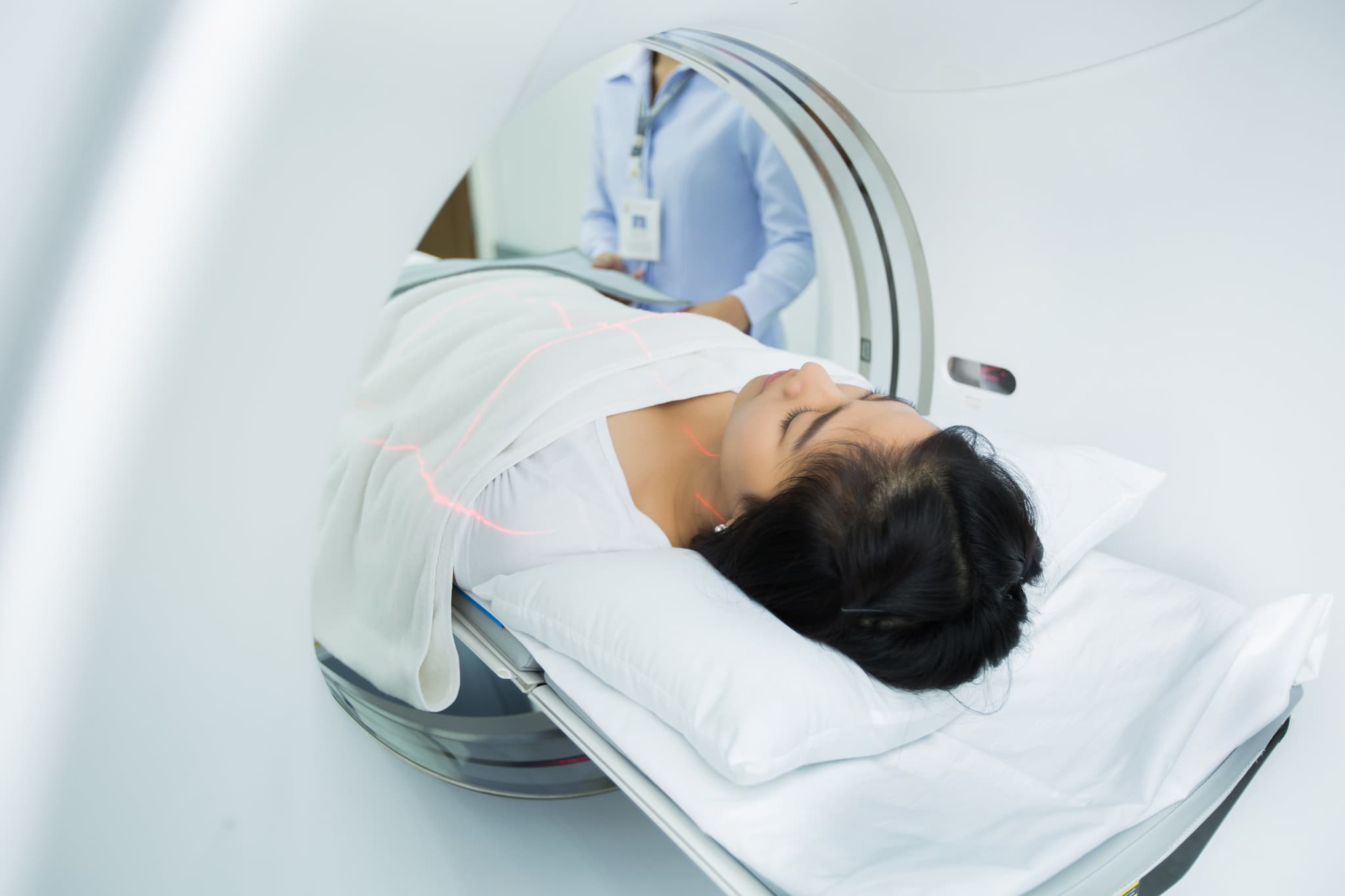
2021-10-27T16:18:53
Why your Next Clinical Breast Exam Should Include a 3D Mammogram
- Cancer Center
- Imaging
December 19, 2017 | Imaging • Radiology
Specialties:Imaging • Radiology
An exam called a barium swallow test is often used to diagnose disorders that make swallowing difficult or affect the upper gastrointestinal (GI) tract (esophagus, stomach and the first part of the small intestine). The barium swallow is a special kind of X-ray test that allows the doctor to view your pharynx (the back of your mouth and throat) and your esophagus (the tube that extends from the back of the tongue to the stomach).
Basics and Conditions Diagnosed
This test involves swallowing a chalky white substance called barium, which is often mixed with water to make a thick, milkshake-like drink. When you swallow it the liquid coats the inside of your upper GI tract. Barium absorbs X-rays and appears white on X-ray images. This helps highlight what a doctor is looking at, including the inner lining of your GI tract and the motion of your swallowing, when X-rays are taken.
Common issues that the barium swallow test can help diagnose include:
In some cases, the barium swallow is done as part of a group of X-rays that examine the entire upper GI tract. A test called fluoroscopy, which uses a continuous X-ray beam, is commonly used during a barium swallow. Another test that often comes with a barium swallow is an upper GI endoscopy.
Your doctor may give you some dietary guidelines before your barium swallow test, and it’s important that you follow them closely if this is the case. In most cases, you aren’t supposed to eat or drink anything for six hours prior to the test, though you can take small sips of water up until two hours beforehand. If the test is combined with others, or if you have any medical conditions, your doctor may give you slightly different directions. Notify your doctor in advance if you have or have had any of these conditions:
The steps for a standard barium swallow test will go as follows:
When all X-rays are complete, you’ll be finished. The test will take about 30 minutes, and there will be no restrictions to your diet or daily activities after the test unless your doctor specifies otherwise. You’ll hear from your doctor’s office within a few days to go over your test and schedule any necessary follow-up appointments.
A barium swallow test does have some potential side effects, including constipation or fecal impaction. Drink lots of fluids and eat high-fiber foods to move the barium through your digestive tract, as these complications most often arise due to barium that remains in your body.
You may notice bowel movements that are lighter in color – once all the barium is removed from your body, this should stop. If you have trouble with bowel movements, pain or bloating in the abdomen, or stools that are smaller in diameter than usual, contact your doctor right away.
In addition, barium swallows do involve exposure to radiation from the X-ray. The risk of complications here can rise as your exposure over time does, and if you’re worried about this, you should review with your doctor all your past radiation procedures. Pregnant women should avoid barium swallow procedures, as these can cause birth defects.
Your doctor can offer additional information on a barium swallow test and can recommend it for you if it’s necessary.
Sources:
“What to Expect from a Barium Swallow.” Healthline.com. https://www.healthline.com/health/barium-swallow#overview1
“Barium Swallow.” EMedicineHealth.com. https://www.emedicinehealth.com/barium_swallow/article_em.htm
WRITTEN BY:
The Live Better Team

2021-10-27T16:18:53

2019-10-15T16:28:57

2019-06-06T10:36:51

2019-04-22T16:29:21
This information is not intended to replace the advice of a medical professional. You should always consult your doctor before making decisions about your health.